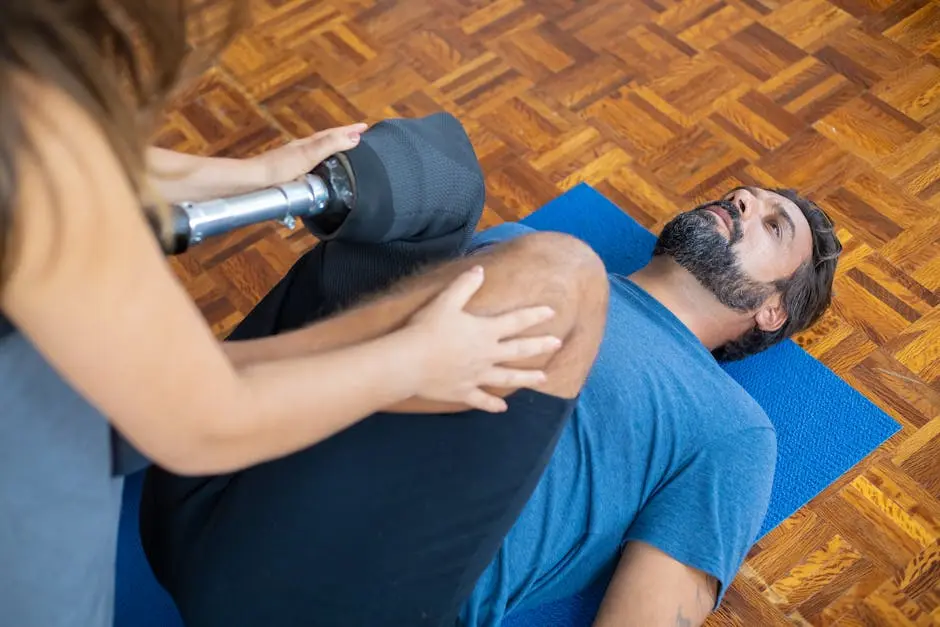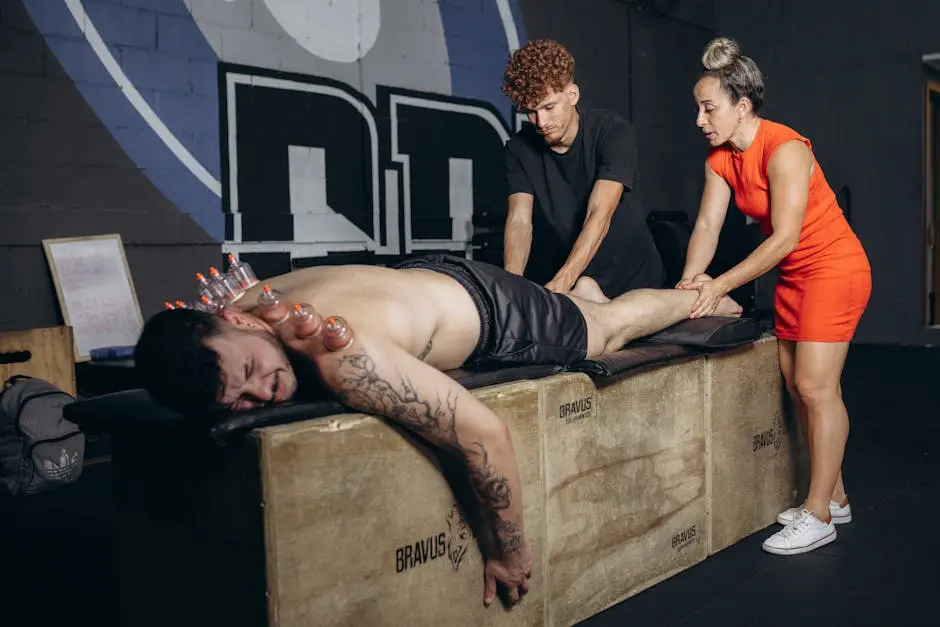Sports rehabilitation is a critical aspect of recovery for athletes and active individuals alike. This blog will explore what sports rehabilitation involves and its significance in promoting recovery, enhancing performance, and preventing future injuries.
Understanding Sports Rehabilitation
Sports rehabilitation refers to the process of helping individuals recover from sports-related injuries through various therapeutic methods. It combines physical therapy, exercise, and education to facilitate recovery.
At its core, sports rehabilitation focuses on restoring an athlete’s functionality and mobility after an injury. This often involves a multi-disciplinary approach, incorporating aspects of medicine, physiotherapy, and exercise science.
The ultimate goal is to enable athletes to return to their sport in peak physical condition while minimizing the risk of re-injury. This is not just about healing; it’s about preparing the body for future challenges.
Sports rehabilitation addresses both the physical and mental aspects of recovery. Athletes often face psychological barriers following an injury; engaging in rehab can boost confidence and set the stage for mental resilience.
The Importance of Rehabilitation in Sports
Rehabilitation is crucial in ensuring athletes regain their strength and functionality. It helps prevent secondary injuries and prepares the body for the physical demands of sports.
When properly executed, rehabilitation accelerates recovery times, allowing athletes to return sooner to their beloved sports. This is especially vital in competitive environments where timing can be everything.
Moreover, a structured rehabilitation program fosters a more profound understanding of one’s body mechanics. Athletes learn about proper movement patterns and can make informed decisions to prevent future injuries.
Another key benefit of sports rehabilitation is its emphasis on individualized care. Every athlete is unique, and their rehabilitation programs are tailored specifically to their injuries, physical condition, and overall goals.
By prioritizing rehabilitation, athletes invest not only in recovery but also in their overall performance. A strong recovery plan often leads to improved strength, flexibility, and endurance, laying the groundwork for future success.
Key Components of Sports Rehabilitation
Essential components include assessment, individualized therapy programs, strength training, and flexibility exercises, all tailored to the athlete’s specific needs and goals.
Assessment is the first critical step; it involves a thorough evaluation of the injury, physical capabilities, and overall health status. This understanding allows rehabilitation specialists to devise a personalized rehabilitation plan.
Individualized therapy programs are designed to address specific weaknesses or imbalances. By focusing on these areas, athletes can work towards balanced strength and improved performance in their respective sports.
Strength training and flexibility exercises are integral to rehabilitation. Not only do they help rebuild muscle, but they also enhance the range of motion, which is often compromised after an injury.
Another essential component is education. Empowering athletes with knowledge about injury prevention strategies, proper nutrition, and self-care techniques can significantly impact their long-term wellness.
Common Techniques Used
Techniques such as manual therapy, modalities like ultrasound or electrical stimulation, and specific exercise regimens are commonly utilized to enhance recovery and overall function.
Manual therapy aids in the relief of pain and tension, helping to restore mobility in the injured area. Meanwhile, ultrasound and electrical stimulation can promote healing at the cellular level by improving blood flow and reducing inflammation.
Specific exercise regimens are customized based on the individual’s needs, and they often evolve through different stages as the athlete progresses. This could include anything from gentle range-of-motion activities to advanced strength training.
Hydrotherapy is another common technique, utilizing water to facilitate movement and reduce the load on injured joints. It can be particularly beneficial for early rehabilitation stages, allowing for safe, low-impact activity.
Incorporating sports-specific drills later in the rehabilitation process is essential. These drills enable athletes to regain their confidence in performing sport-specific movements, bridging the gap between rehabilitation and return to play.
Role of a Rehabilitation Specialist
Rehabilitation specialists guide athletes through their recovery journey, ensuring they follow safe practices and achieve their rehabilitation goals effectively.
These professionals are skilled in assessing injuries, developing tailored recovery plans, and monitoring progress. This oversight can be vital in identifying potential issues before they become serious setbacks.
Furthermore, rehabilitation specialists provide emotional support, which can be incredibly important during what is often a frustrating time for athletes. Their encouragement can help athletes maintain motivation and a positive mindset.
Through communication and collaboration with other healthcare professionals, such as physicians and trainers, rehabilitation specialists ensure a comprehensive approach to recovery, maximizing the potential for a successful return to sports.
Conclusion: Why Every Athlete Needs Sports Rehabilitation
Sports rehabilitation not only aids recovery but also enhances performance and reduces the risk of future injuries, making it a fundamental aspect of an athlete’s training regimen.
Ultimately, athletes should prioritize their recovery and consider rehabilitation not just as an option, but as an essential part of their athletic journey. By doing so, they can ensure they are always performing at their best.
As we’ve explored, the benefits extend beyond recovery. Sports rehabilitation cultivates a deeper understanding of physical health, prevention strategies, and personal limitations, helping athletes to thrive in their pursuits.
Wrap-Up on Sports Rehabilitation
In conclusion, sports rehabilitation is essential for anyone looking to return to their sport safely and effectively. It not only aids in recovery from injuries but also plays a proactive role in enhancing overall athletic performance and longevity.





